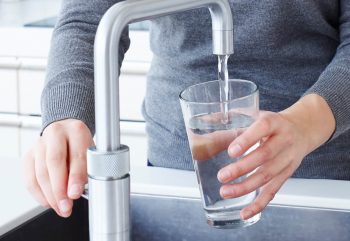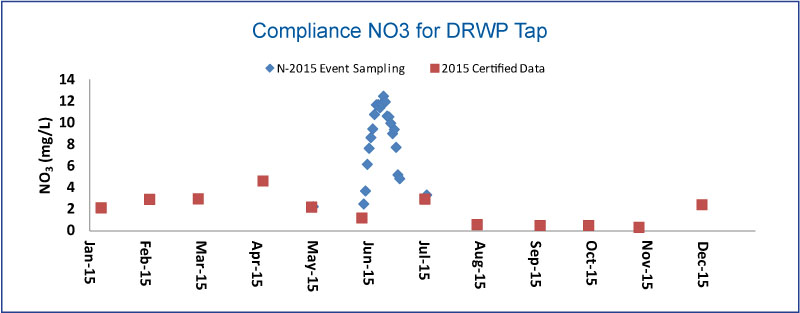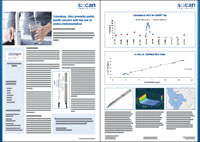s::can’s spectro::lyser monitors raw surface water quality for the City of Columbus, Ohio. This allows the Utility to be proactive regarding water quality issues.
Nitrate: Columbus, Ohio prevents public health concern with the use of online instrumentation

Background
Background – Nitrate in drinking water should not exceed 10 mg/l
The Columbus Division of Water delivers clean drinking water to 1.1 million people daily and delivers over 50 billion gallons of water every year. The Dublin Road Water Plant (DRWP) is one of three treatment plants that the Utility operates. The DWRP treats surface water from the Scioto River.
This surface water can become compromised during storm events. Stormwater runoff from rural and urban sources contributes to elevated levels of nutrients in the surface water. High levels of nutrients especially Nitrates (NO3-N) can be a major concern for infants and pregnant women. Consumption of drinking water that contains high levels of Nitrates can be linked to birth defects and a medical condition known as methemoglobinemia “blue baby syndrome”. This syndrome can be fatal for infants 6 months old and younger.
Federal Drinking Water Standards require that the maximum contaminant level (MCL) for Nitrates in drinking water should not exceed 10 mg/l. During June 2015, the staff in The Water Quality Assurance Lab (WQAL) noticed high levels of Nitrates up stream of Columbus’ source water reservoirs. As a result of the high Nitrate concentrations, a public health advisory was issued for the DRWP service area.
s::can’s solution – continuously measuring the water quality
To ensure accurate predictive modeling, the WQAL installed s::can’s spectro::lyser at three surface water locations, one each in Griggs and O’Shaughnessy Reservoirs, as well as one in the Scioto River at the Upground Pump Station. The s::can spectro::lyser probes monitor NO3-N, Total Organic Carbon (TOC), Dissolved Organic Carbon (DOC), Turbidity, UV254 and UV436. The spectro::lyser is a submersible UV-Vis spectrophotometer that can convert the raw absorption “fingerprint” of the surface water into valuable water quality parameters. The spectro::lyser was combined with s::can’s moni::tool, an advanced event detection system that can alert the user to abnormal changes in the surface water.
By continuously monitoring the water quality of the surface water, the WQAL was able to determine in early June 2015 that they would likely see a Nitrate event. The s::can spectro::lyser alerted the WQAL that Nitrate concentrations were as high as 18.0 to 20.0 mg/l in the Scioto River. The WQAL was able to confirm the results of the probe by performing standard lab testing. Once these results were confirmed, a public health advisory was issued. Due to the remote location of the s::can probe, the WQAL had seven days to prepare for this Nitrate event. Public health is the main focus for the City of Columbus Department of Public Utilities. By utilizing online instrumentation this Utility was able to predict water quality issues and proactively ensure public health was protected during this event.

